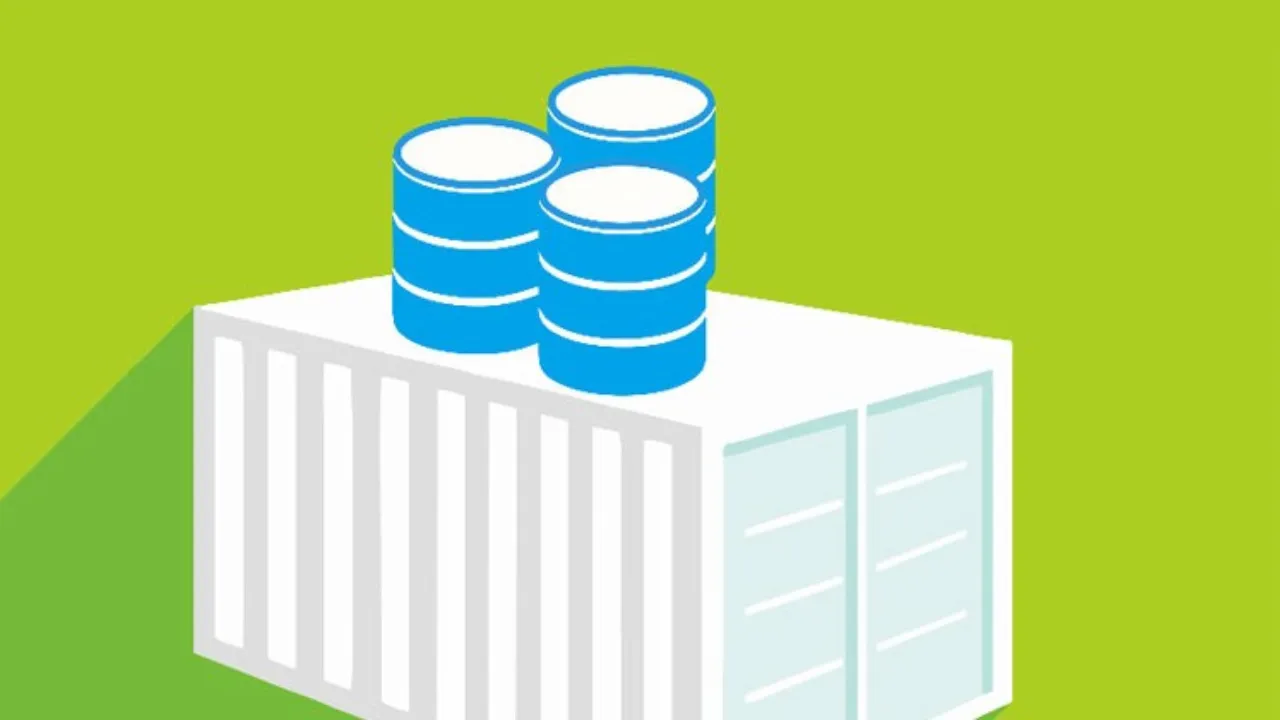One of the reasons databases can be containerized is that many now have the capability to function with data and compute separately to accommodate shared cloud storage architectures.
Several years back, the application technology industry had this concept of breaking big applications up into smaller independent components, microservices, and deploying each in its own container. The container idea has some pretty cool advantages it turns out:
- Automated deployment was a huge advantage, especially on public or private cloud infrastructures. Fast deployment without human intervention made containers incredibly useful, especially for elastic scaling.
- Unlike a VM that had to carry around its whole operating system, containers were nimble, small, quick to deploy, and efficient to execute. Containers offer fine-grained control over resource allocation and more efficient use of computing capacity.
- Containers could deploy anywhere, from my laptop to a giant mega-server to any cluster or cloud. They were completely infrastructure agnostic, providing the ultimate in portability.
This isn’t even a complete list of the advantages, so it’s clear there are some solid reasons for containerization. But to get all these advantages wasn’t always a simple matter. To make this happen, every individual action within an application had to be broken down into an independent mini-app, aka microservice, that did one thing only.
#big data #big data architectures #big data platforms #cloud #containers #from our experts #cloud computing #cloud-native #kubernetes
